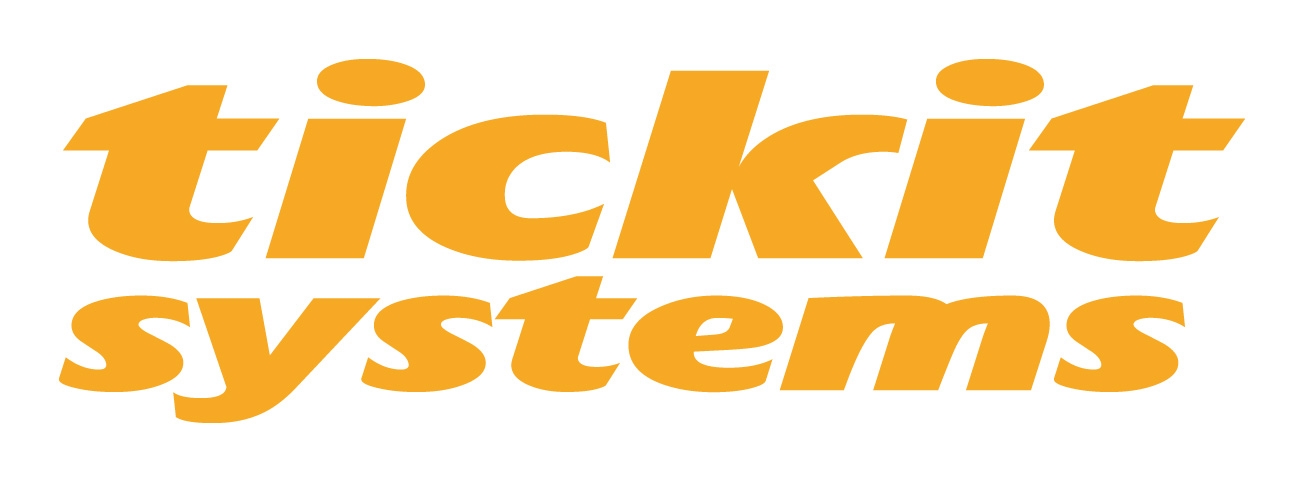ISO 45001 is an internationally recognized standard for occupational health and safety management systems. It provides a framework for organizations to manage and improve their occupational health and safety performance, prevent work-related injuries and illnesses, and ensure compliance with relevant legal and regulatory requirements.
The standard was first published in 2018 and is designed to replace the previous standard, OHSAS 18001. It follows the “High-Level Structure” (HLS) used for all ISO management system standards, making it easier for organizations to integrate their occupational health and safety management system with other management systems such as ISO 9001 (Quality Management) and ISO 14001 (Environmental Management).
ISO 45001 provides a systematic approach for managing occupational health and safety risks, including hazard identification, risk assessment, and risk control measures. It also emphasizes the importance of employee involvement, consultation, and participation in the management of occupational health and safety.
Implementing an occupational health and safety management system in accordance with ISO 45001 can help organizations improve their overall health and safety performance, reduce workplace accidents and injuries, and enhance their reputation with stakeholders.
Why is it important to get ISO 45001
ISO 45001 is important for several reasons:
- Improving Occupational Health and Safety Performance: The standard provides a systematic framework for managing occupational health and safety risks, including hazard identification, risk assessment, and risk control measures. Implementing the standard can help organizations improve their overall health and safety performance, reduce workplace accidents and injuries, and enhance the well-being of their employees.
- Legal and Regulatory Compliance: Compliance with health and safety regulations is a legal requirement for organizations in many jurisdictions. ISO 45001 helps organizations ensure that they meet their legal obligations, reduce the risk of legal action, and avoid costly fines and penalties.
- Enhancing Reputation: Organizations that implement ISO 45001 can enhance their reputation with customers, suppliers, employees, and other stakeholders. The standard demonstrates a commitment to protecting the health and safety of employees, reducing the risk of workplace accidents and injuries, and promoting a positive workplace culture.
- Increasing Efficiency and Productivity: The standard promotes a proactive approach to occupational health and safety management, which can help organizations identify and mitigate risks before they lead to accidents or injuries. This can result in increased efficiency, productivity, and cost savings.
- Integration with Other Management Systems: ISO 45001 follows the “High-Level Structure” (HLS) used for all ISO management system standards, making it easier for organizations to integrate their occupational health and safety management system with other management systems such as ISO 9001 (Quality Management) and ISO 14001 (Environmental Management). This can lead to greater efficiency, consistency, and alignment across the organization.
